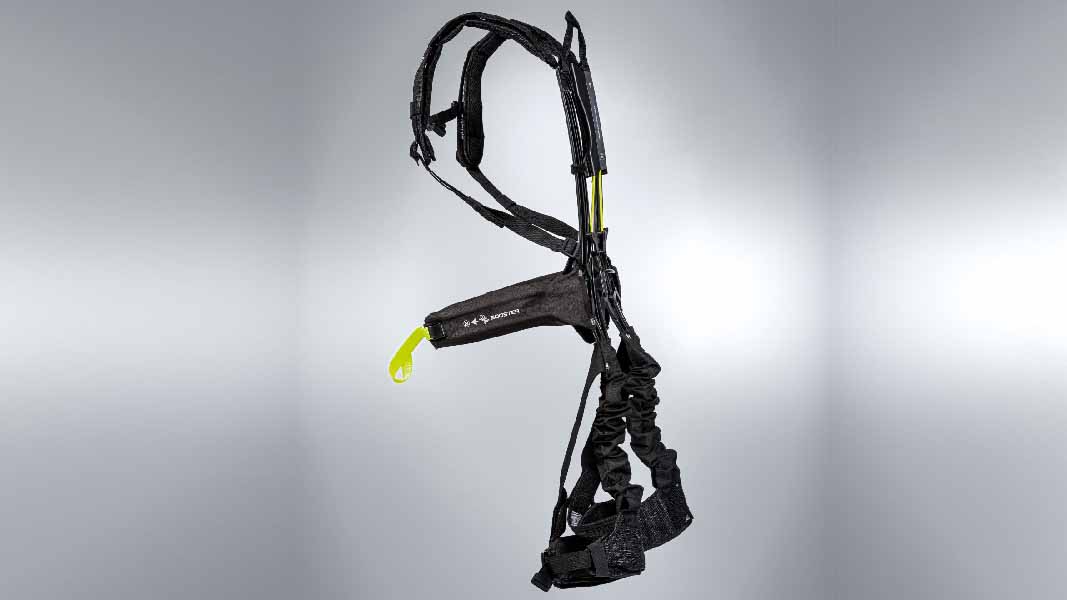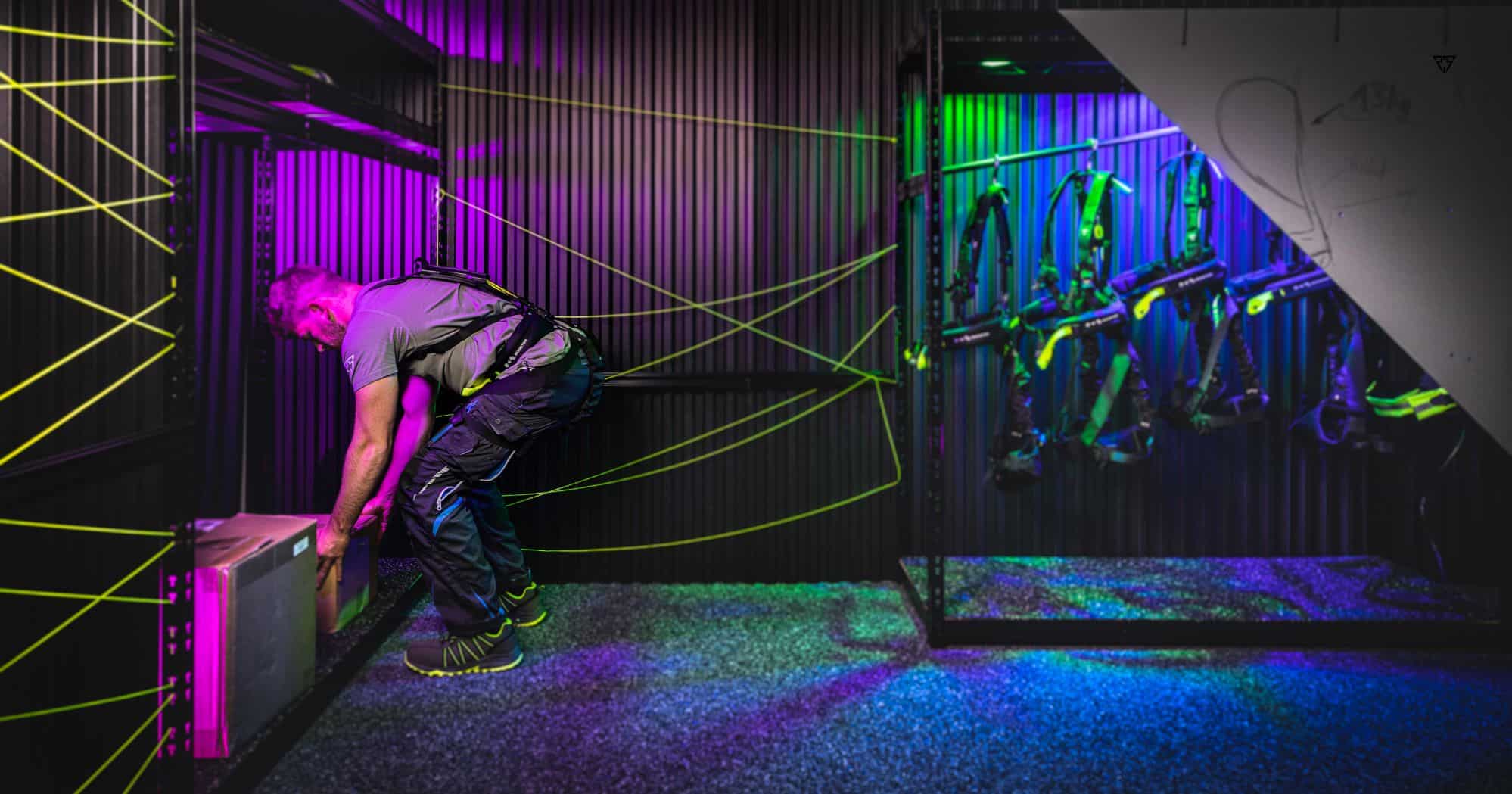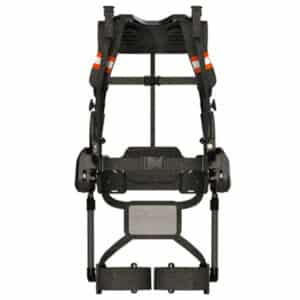Description
The BionicBack is a passive back-support exoskeleton that marks the entry of hTRIUS in the exoskeleton market. The bionic design centers around a flexible yet stabilizing backplate that absorbs reaction forces and supports the posture. This device is designed to assist workers with lifting heavy objects by reducing back muscles activation and spine stress.
With a big focus on usability for the end-user, the BionicBack incorporates two support modes for both dynamic and static work tasks. In dynamic mode the system provides a support force proportional to the hip flexion angle, while in static mode it allows the user to lean and rest on the device at predefined angles, providing greater support during static positions work. Ultimately, the system can also be disengaged.
hTRIUS supports the implementation in customers’ facilities with a 3-weeks “WarmUp” test package, which is goal-oriented and offers measurable insights over the benefits provided by the device.
BionicBack technology
The patented free-walk design is a differential system that allows the users to walk without experiencing any unwanted resistance from the device. Thanks to this actuation mechanism, the support is always distributed equally on the legs, allowing the user to lunge while reaching for objects.
Their patented technology is a major differentiating point from the competitors and has been developed to improve comfort, usability, and freedom of movement during workers’ everyday activities.
Regions and or countries where the exoskeleton can be purchased?
Germany/ Europe
Relevant studies and journal papers:
The exoskeleton efficacy in reducing trunk upper legs posterior muscles effort and fatigue has been evaluated in the ETH University (Zürich, Switzerland) with the support of neuroscientist Dr. Felix Thomas. By using the BionicBack, muscle activity was reduced by up to 24% and muscle fatigue by up to 86% while lifting a 20kg weight. The measurement results can be found on the hTRIUS’ website. Additional testing is ongoing as of Nov 2021.
Weight of the device:
The weight of only 1.3kg (2.9lbs) puts the BionicBack among the lightest exoskeletons in its class.
User limitations:
The BionicBack can be adjusted to most body sizes for both male and female users. Straps and chest straps can be adjusted at different positions which is important for female users.
hTRIUS GmbH, Brunnenstraße 10, 72160 Horb, Germany, website
Exoskeleton Report does not endorse one exoskeleton product over another. The exoskeleton catalog is purely for educational purposes. The catalog is meant to provide an easily accessible birds-eye view of the exoskeleton industry, and a quick method to sort exoskeletons by type and purpose. All prices are approximate and are meant to provide a general sense of the cost of the devices.
This entry has been made with the assistance of Stefano Carisi, MS in BioRobotics and Biomechanical Design from the Delft University of Technology an experienced product manager in human-machine collaboration.










Reviews
There are no reviews yet.